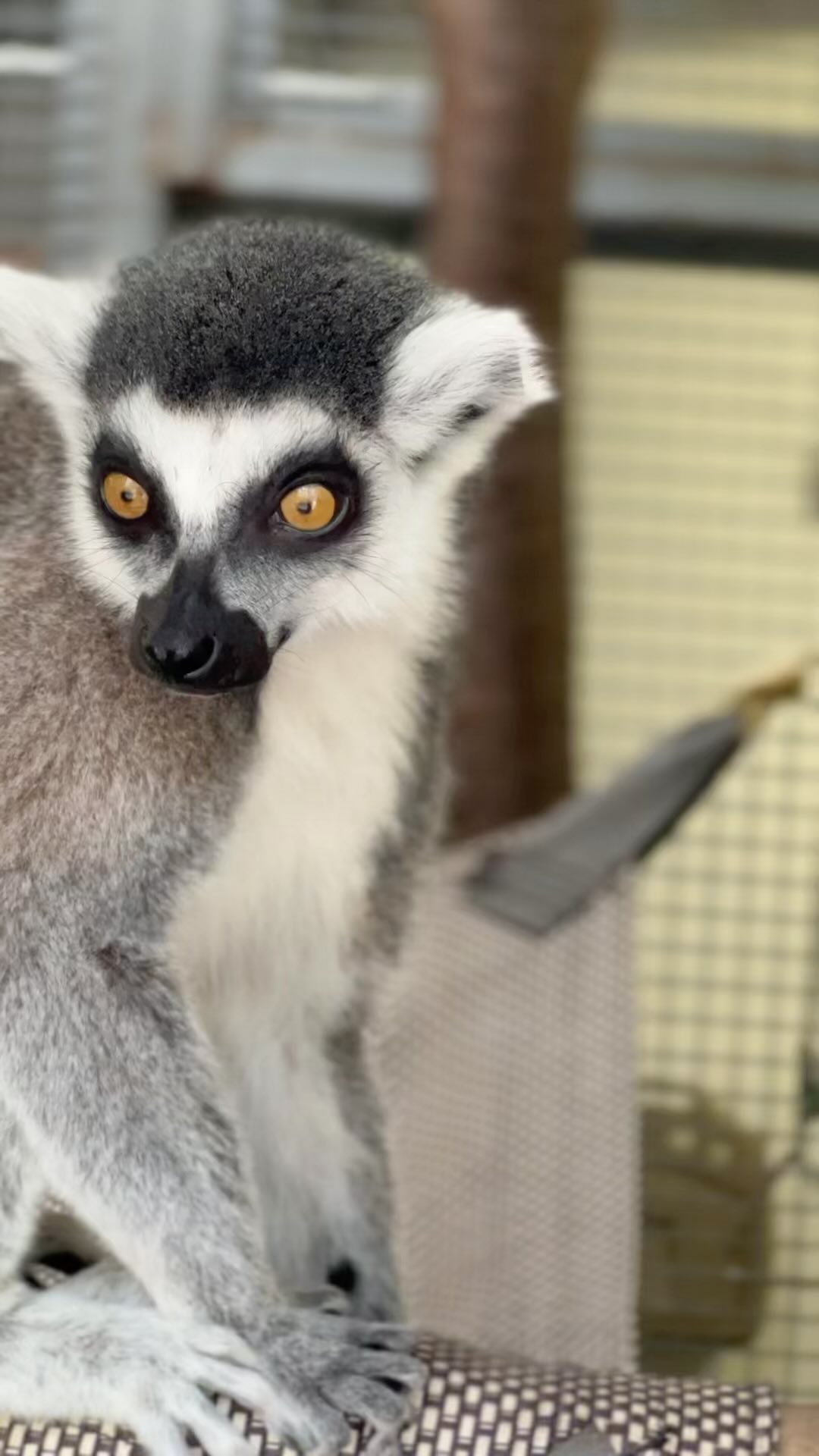- Lenny and Zuri’s behavioral patterns and adaptations in zoo settings.
- The significance of sunlight exposure for captive animals, focusing on health and enrichment.
- Role of social media in wildlife conservation efforts and public education.
- Integrating zoology and zoo management practices for animal welfare.
- Strategies in wildlife conservation and how they are applied in controlled environments like zoos.
Lenny and Zuri, two charismatic creatures, recently made headlines with their thrilling first summer outing. As they bask in the warm sunlight, it’s essential to understand their behavior patterns and the adaptations that help them thrive in zoo environments. Observing these behaviors not only fascinates visitors but also provides crucial insights for zookeepers and conservationists.
In zoo settings, animals like Lenny and Zuri exhibit behaviors that indicate their adaptation to a life in captivity. Experts monitor these patterns to assess their physical and psychological well-being. The animals’ interactions, both with each other and their environment, are key indicators of their health. By analyzing these behaviors, caretakers can make informed decisions about enrichment activities that simulate natural habitats and stimulate cognitive functions. Enrichment often involves puzzles, toys, and natural elements that encourage exploration and mimic hunting or foraging. This thoughtful approach ensures that Lenny and Zuri remain mentally active and physically healthy.
Sunlight plays a crucial role in the health and well-being of captive animals. For many species, exposure to natural light influences physiological processes such as vitamin D synthesis, which is vital for bone health. The ultraviolet rays help maintain proper metabolic functions. For animals like Lenny and Zuri, sunbathing can reduce stress and improve mood, echoing the benefits humans experience from time spent in nature. Providing spaces where animals can enjoy direct sunlight is an integral part of zoo design. Zookeepers must strike a balance, ensuring that animals have access to both sunny areas and shaded retreats to regulate their body temperature and prevent overheating.
Social media has transformed how the public engages with wildlife conservation. Sharing captivating images and stories about Lenny and Zuri’s escapades not only entertain but also educate a broader audience. Platforms like Instagram become valuable tools for raising awareness about endangered species and the importance of habitat preservation. By following the daily lives of popular zoo inhabitants, followers become more invested in conservation efforts. This engagement can translate into increased donations and support for wildlife conservation projects globally. Additionally, social media provides a platform for zoos to share successes and challenges, fostering collaborative efforts across institutions.
Effective zoo management integrates principles of zoology and best practices to enhance animal welfare. Facilities focus on replicating natural habitats, from climate conditions to dietary needs. Regular veterinary checks and behavioral assessments are conducted to monitor health and adjust care plans. Zoo management must balance education and entertainment, ensuring that exhibits fulfill both roles. Educational programs highlight the importance of biodiversity and inspire future conservationists. Training staff to recognize subtle changes in behavior or health ensures that animals like Lenny and Zuri receive the highest standard of care.
Conservation strategies applied in zoos play a significant role in preserving biodiversity. Captive breeding programs aim to bolster populations of threatened species. These initiatives often collaborate with international conservation entities to reintroduce animals into their natural habitats. The success of these programs depends on genetic diversity, careful planning, and continuous research. Zoos also invest in research facilities dedicated to understanding species-specific needs and improving conservation methodologies. Public engagement through educational exhibits and talks helps bridge the gap between science and community, fostering a collective effort towards wildlife preservation.
In summary, Lenny and Zuri’s summer adventure at the zoo is far more than a simple outing. It represents a well-coordinated effort combining behavioral studies, sunlight exposure, social media use, and conservation strategies. These intertwined practices underscore the dedication of zoologists and conservationists to enhance animal welfare and promote environmental stewardship. As visitors enjoy watching these animals bask in the sun, it serves as a reminder of our shared responsibility to protect and conserve the natural world.
*****
Source Description
Lenny et Zuri se prélassent au soleil avec leur première sortie estivale aujourd’hui! ☀️


